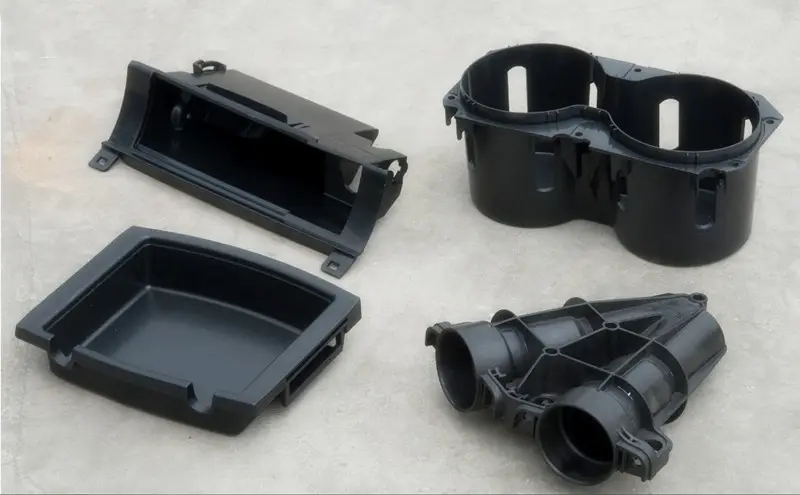The wall thickness of plastic parts has a great influence on the quality. When the wall thickness is too small, the flow resistance is high, and it is difficult for large and complex plastic parts to fill the cavity. The dimensions of the wall thickness of plastic parts should meet the following requirements:
1. Have sufficient strength and rigidity;
2. Can withstand the impact and vibration of the demolding mechanism when demoulding;
3. Can withstand the tightening force during assembly.
If the wall thickness factor is not well considered in the design stage of injection molded parts, there will be big problems later in the product.
This article focuses on the manufacturability of thermoplastic injection molded parts, considering the effect of part wall thickness on cycle time, product shrinkage and warpage, and surface quality.
Increased wall thickness leads to increased cycle time
Injection molded plastic parts must be cooled sufficiently before being ejected from the mold to avoid product deformation due to ejection. Thicker parts of plastic parts require longer cooling times due to lower heat transfer rates, requiring additional dwell time.
In theory, the cooling time of an injection molded part is proportional to the square of the wall thickness at the thickest part of the part. Therefore, thicker part wall thickness will extend the injection cycle, reduce the number of parts produced per unit time, and increase the cost per part.
Thicker sections are more prone to warping
During the injection molding process, along with the cooling, the shrinkage of the injection molded parts will inevitably occur. The amount of shrinkage of the product is directly related to the wall thickness of the product. That is to say, where the wall thickness is thicker, the shrinkage will be greater; where the wall thickness is thinner, the shrinkage will be smaller. The warpage of injection molded parts is often caused by different amounts of shrinkage at two locations.
Thin, uniform parts improve surface quality
The combination of thin and thick sections is prone to racing effects because the melt flows faster along the thick section. The racing effect can create air pockets and weld lines on the surface of the part, resulting in poor product appearance. In addition, thicker parts are also prone to dents and voids without sufficient dwell time and pressure.
Reduce part thickness
In order to shorten cycle times, improve dimensional stability, and eliminate surface defects, the basic rule of thumb for part thickness design is to keep the part thickness as thin and uniform as possible. The use of stiffeners is an effective way to achieve the required stiffness and strength while avoiding overly thick products.
In addition to this, part dimensions should also take into account the material properties of the plastic used, the type of load and operating conditions the part will be subjected to; and final assembly requirements should also be considered.
The above is some sharing of the wall thickness of injection molded parts.
Post time: Jul-07-2022



